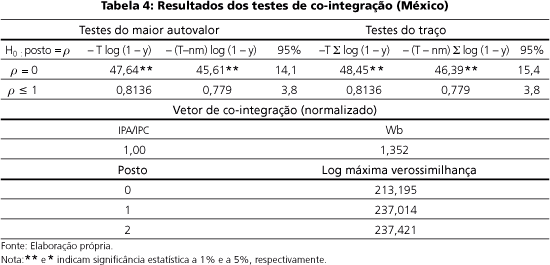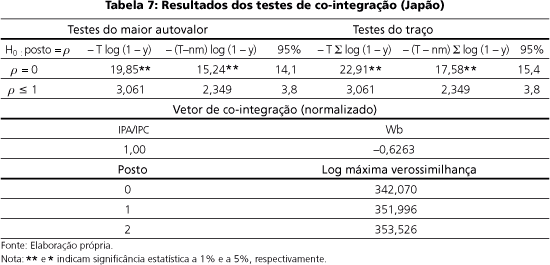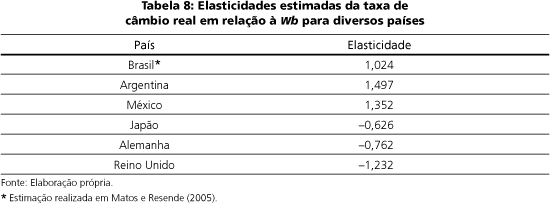In countries where per capita income is high the price level is higher than the level observed in countries where per capita income is low. This phenomenon is associated with real exchange rate appreciation in the rich countries and with the real exchange rate depreciation in the poor countries, in the long-term. The productivity-differential model (Balassa, 1964; and Samuelson, 1964), the relative-factor-endowments model (Heckscher-Ohlin) and Bergstrand's (1991) non-homothetic tastes model, give different explanations for this phenomenon, and have already been tested on the empirical literature on international trade. The differentials development of the service complex model was elaborated by Lemos (1988) and was tested recently by Matos & Resende (2005), in the case of Brazil. Based on Matos & Resende (2005), in this paper an equation for the real exchange rate of a group of developed economies and of a group of underdeveloped economies was estimated (1957-2004). The econometric procedure used was based on the Johansen method. The results do not reject the hypothesis put forward in this paper.
real exchange rate; productivity; services complex



















